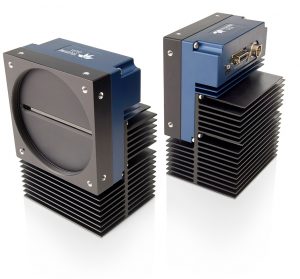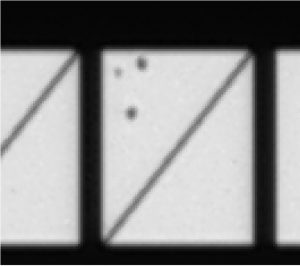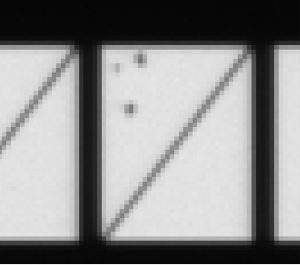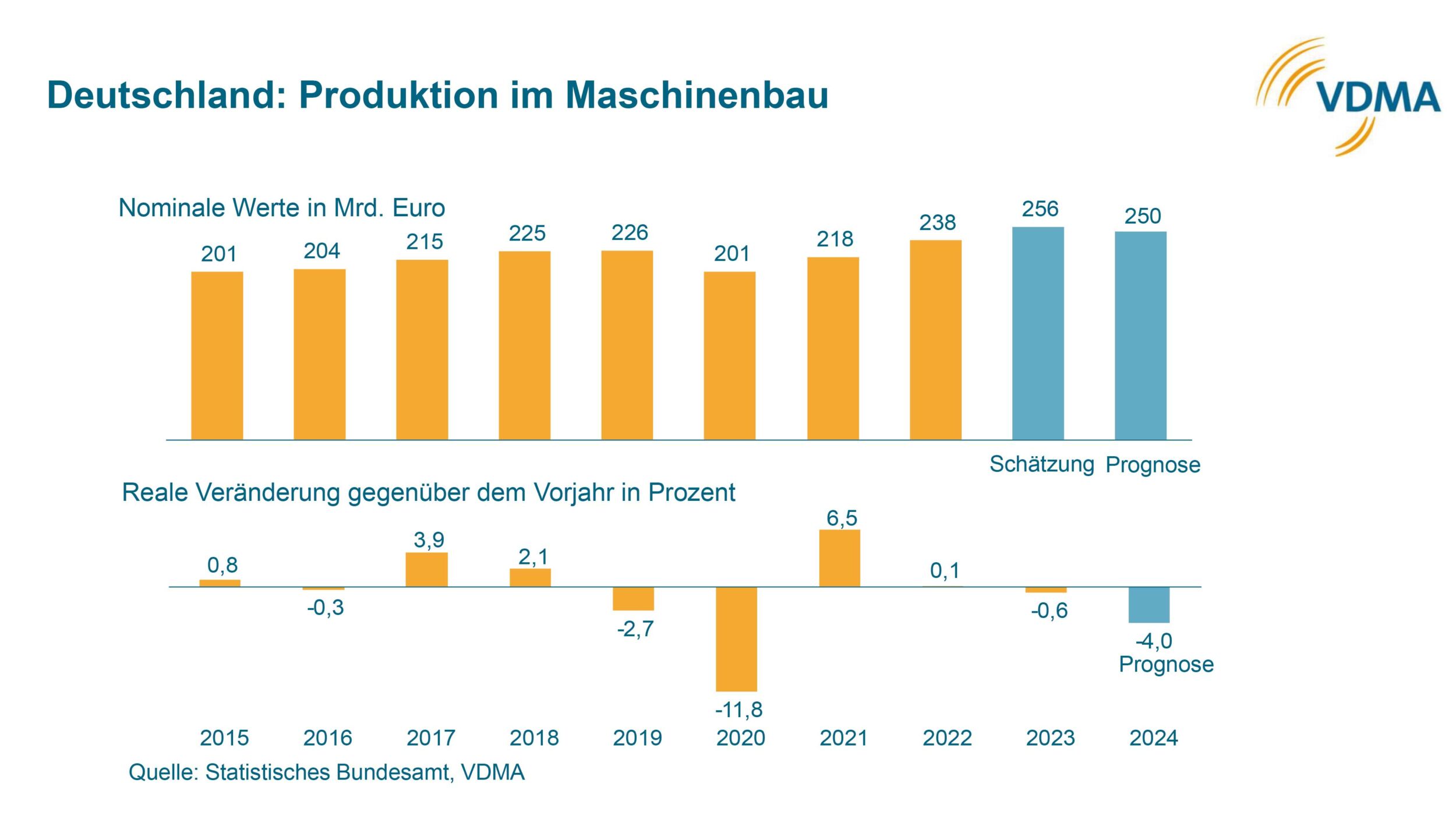32k TDI Line Scan Camera with New Pixel Offset Technology
The charge-domain CMOS TDI camera Linea HS 32k TDI outputs 32k resolution using a patent-pending pixel offset technology which delivers up to 150kHz line rate and helps to lower system costs.

Figure 1 | The Linea HS 32k uses two 16k/5μm TDI arrays with pixel offset. (Image: Teledyne Dalsa Inc.)
With up to 128 TDI stages (plus an extra 64 in HDR mode) for unmatched sensitivity and very low noise, the line scan camera excels in the highest speed, lowest light applications. The Linea HS 32k uses two 16k/5m TDI arrays with pixel offset. Two 16k/5m images are captured, then reconstructed to achieve a higher resolution image of 32k/2.5m in real time. The data reconstruction is implemented in the frame grabber. The super resolution significantly enhances detectability for subpixel defects. Furthermore, the patent pending technology uses existing 16k/5m lenses and lighting without sacrifice in responsivity, MTF, and costs associated with a smaller physical pixel size. „Our new Linea HS 32k TDI camera provides an innovative solution to meet such contradictory requirements. OEMs can readily integrate the new camera into existing systems to achieve much higher performance without needing to change any components,“ says Xing-Fei He, Senior Product Manager for Teledyne Dalsa’s line scan portfolio. This realizes significant cost saving at system level for customers.

(b) 32k/2.5μm (Image: Tledyne Dalso Inc.) Figure 2 | Comparison of original 16k/5m image (a) and 32k/2.5m super resolution image after data reconstruction (b). (Pictures: Envision)
Figure 2 compares the different images between a 16k/5m and a 32k/2.5m pixel. The upper image was originally captured by one of the 16k/5m TDI array. Once two sets of image data are captured with two 16k/5m arrays with pixel offset, the patent-pending technology is used to reconstruct the data and output a much higher resolution 32k/2.5m image. This is done in real time in the framegrabber. Using the technology, the signal to noise ratio is improved by a factor of three to five times for sub-pixel defects that are difficult to detect. Combined with Teledyne’s Xtium 2 CLHS series of high-performance frame grabbers, these products allows a breakthrough in data throughput. The solution are ideal for demanding applications for OLED flat panel displays, 5G printed circuit boards, semiconductor wafer, and gene sequencing, etc.













